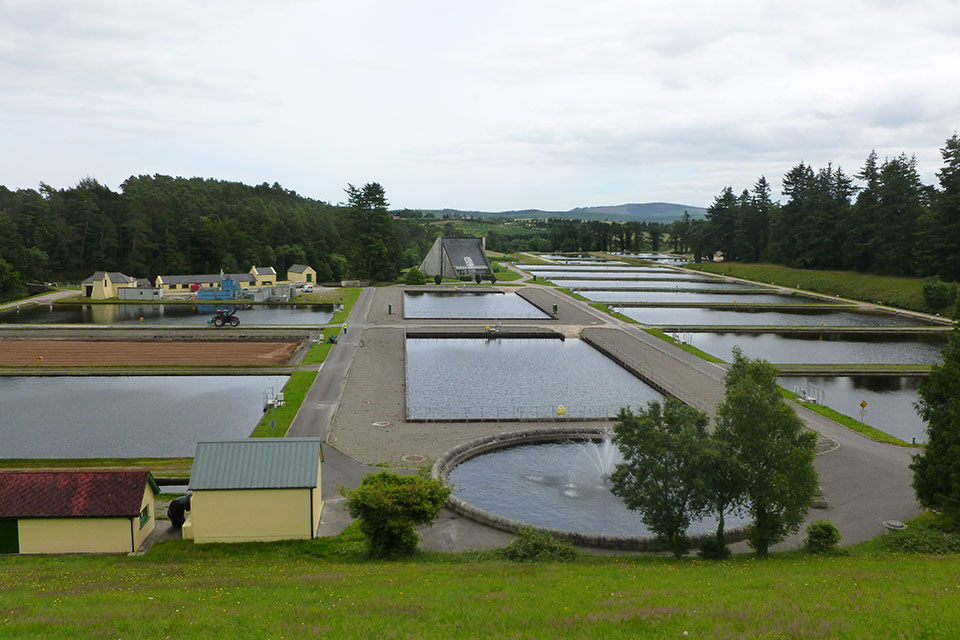Lower Vartry Reservoir
The Lower Vartry Reservoir has provided Dublin with clean drinking water since the early 1860s and, although enlarged, is essentially unchanged since its construction.Previously, the Corporation of Dublin obtained water mainly from the Royal Canal and the City Canal, with an additional supply from the River Dodder at the City Weir. From 1854, when Dr John Snow of London identified polluted water as the cause of cholera and other diseases, a Dublin doctor, newspaper proprietor and politician, John Gray, campaigned for a new, clean supply and became chairman of the Dublin Water Works Committee. Thomas Hawksley was appointed consulting engineer, and considered a number of competing proposals. In 1860 John Hawkshaw was appointed sole Royal Commissioner to examine the question. He concluded that the existing water supply was bad, that there was an urgent need of an improved supply, and that the best source was the River Vartry, in the Wicklow Mountains. With an average fall of twenty feet per mile, this provides a high pressure supply by gravitation and without pumping.
The dam comprises an earth embankment with a puddled clay core, with a stone facing on the upstream slope to prevent wave erosion. The reservoir has a capacity of 11,300 million litres, with a maximum water depth of 18.3 metres. In 1923, to provide additional storage, a second dam was constructed 3.5 kilometres upstream. The Upper Reservoir has a capacity of 5,600 million litres and a maximum depth of 13.4 metres.
First proposed by Richard Hassard, the Vartry scheme was constructed to a detailed design by the Corporation of Dublin engineer, Parke Neville. The Draw Off Tower has valves at 10 feet, 20 feet and 30 feet below the maximum water level, feeding a 33-inch pipe under the dam, which passes through the Valve Chamber. There is also a 48-inch pipe at lower level to enable the reservoir to be drained for repair and maintenance. The supply then passes through a turbine house with a small DC generator, now disused, and a more recent AC generator which produces up to 90 kw with a flow of 3300 – 3400 m3/hour. The water is purified by slow sand filtration, originally with seven filter beds (now increased to fourteen). It is then injected with chlorine to kill any remaining pathogens and fluoridated to prevent ental caries. Lime is added to neutralize the natural acidity of the water, which is then stored in a covered reservoir. After passing through a 4km bored tunnel through hard grey metamorphosed sandstone, the supply is carried through two cast iron pipes for 28 kilometres to Stillorgan, on the outskirts of the city.
An extract from Newcomen Links 239 ©The Newcomen Society 2018

